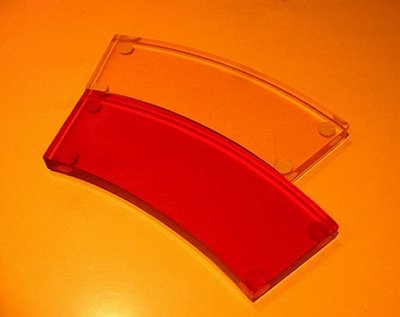
24 Mar Online optical illusion: Visual interpretation
The Web is full of online optical illusions that occur due to human imperfections in interpretation of visual data. The human eye collects the visual data of an object. The nervous system then interprets these data. The eye can be frequently deceived and may not always record the exact data, which results in optical illusions, including online optical illusions. However, even when the eye records the exact data, the brain may not be able to interpret the data. This also leads to online optical illusions.
When an individual sees an object, the brain compares it with its nearest element or adjoining element. The brain then makes an interpretation of the object in relationship with its adjoining element. This factor often leads to misinterpretation of the visual element, and to online optical illusions, as shown in the figure.
In this online optical illusion, can you recognize the bigger element? The element in red looks much bigger than the element in orange. Is the element in red actually bigger than the element in orange? The answer is No. The elements in this online optical illusion are actually identical in size. If you don’t believe it try comparing the corresponding edge.
Why do the elements in this online optical illusion look different in size?
The answer lies in how the brain interprets this image. The eye sees both elements properly. However, when the brain interprets this online optical illusion, it compares the long edge of the red element to the adjoining short edge of the orange element. Accordingly, the brain interprets the red element to be bigger than the orange element in thus creating an online optical illusion, and a feature frequently seen in many other online optical illusions.
Do you think that the color might have enhanced the effect? You can find out very easily. Create a similar online optical illusion without any color. Then you will discover the role of color in aiding this online optical illusion trick.
This Psychological Article on Online Optical Illusions is part of Boomer Yearbook’s continuing series of out of the ordinary suggestions on how to alleviate elderly problems and keep our brains young. We believe knowledge is power. We’d love to hear what you think.
Boomer Yearbook is Psychological Articles for Baby Boomers. Connect with old and new friends, or expand your mind and ward off senior moments and elderly problems with dream analysis and online optical illusions and brain games provided by clinical psychologist Dr. Karen Turner. Join other Baby Boomers to stay informed, receive weekly Newsfeeds, and let your opinions be heard. Baby boomers changed the world. We’re not done yet!

Sorry, the comment form is closed at this time.